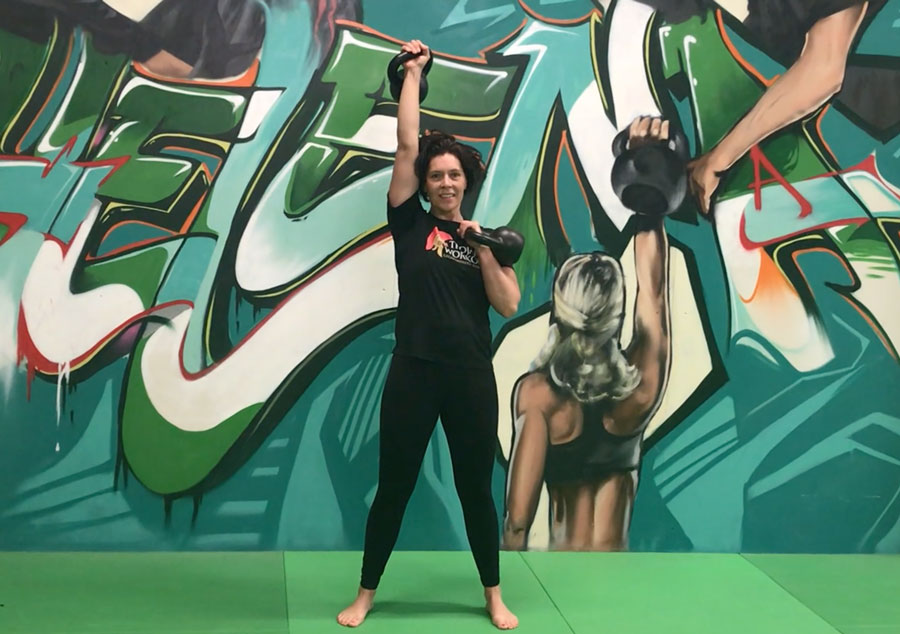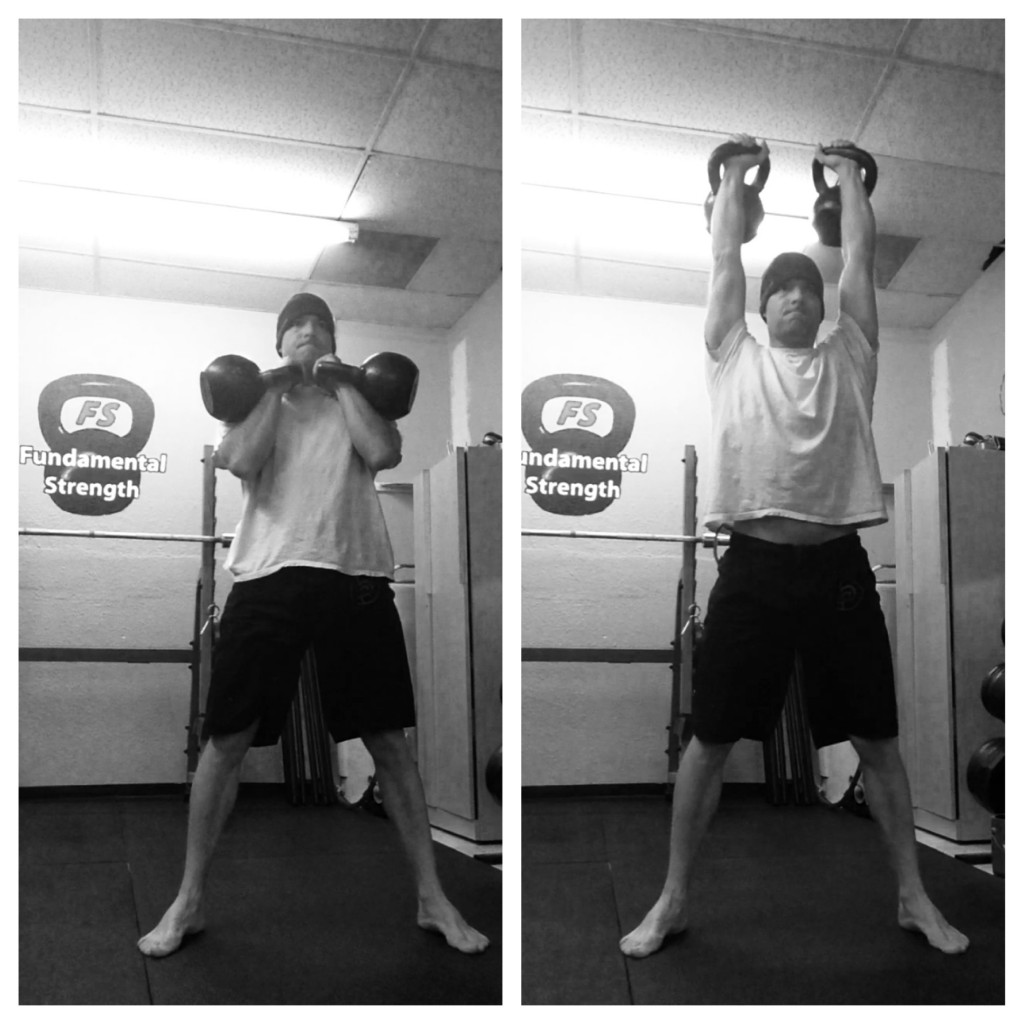
Two things I am very passionate about are music and kettlebells. They both cheer me up incredibly and I cannot imagine my life without them. But, bring these two together… and that’s when the magic happens!
Music can be a great stimulus during a workout. It’s a powerful tool that can take your training to the next level. For quite some time, I’ve been looking for a good song-based kettlebell workout. I specifically looking for a cheerful tune—an upbeat song that could effectively brighten up your day. Even more importantly, I needed a song that would respect the kettlebell principles I strongly believe in. So, there would be no rushing or pushing through with sloppy technique, definitely no reps over form. I was looking for a happy song that would help you rather than hurt you while working with kettlebells. And I found it! The universe gave me…. “HAPPY”, the Pharrell Williams song that was released in 2013 and featured on the soundtrack of Despicable Me 2.
Here’s the workout I designed to go with the song, AKA The Happy Challenge:
Start off with double kettlebells in the rack position. This is your basic position throughout the song.
Each time you hear the word “Happy,” you perform a military press on one side. Alternate sides with each “Happy.”
No need to rush. The “Happy” part (including “clap along…”) allows plenty of time to press your kettlebell up and bring it back down to rack. That’s the beauty of the song!
Between the presses, maintain the basic position (double kettlebells in the rack position) solid and strong. At Trainingscentrum Helena, we also call this double kettlebell rack position the Trojan Pose.
At the song’s bridge, Pharrell sings “Bring me down”. When you hear this part, perform a double kettlebell front squat. This will come to eight squats in the first bridge and four more during the second.
At the end of the song (in just under four minutes) you will have done 24 military presses (12 on each side), 12 squats and a lot of static rack holds. That doesn’t sound too bad, does it? Give it go and let me know what you think in the comments below!
P.S. In my classes, I give my clients the option to switch to push-presses if they lose form on their military presses. If they fail a press entirely during the workout, I’ll tell them to put the kettlebells down and continue with “imaginary” heavy kettlebells.
***
Suzanne Bos-Betlem is a PCC, RKC and Trojan Workout certified trainer in Haarlem, The Netherlands. In addition to bodyweight and kettlebell training, she is an enthusiastic Krav Maga practitioner and yoga-lover.

